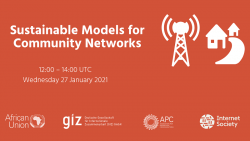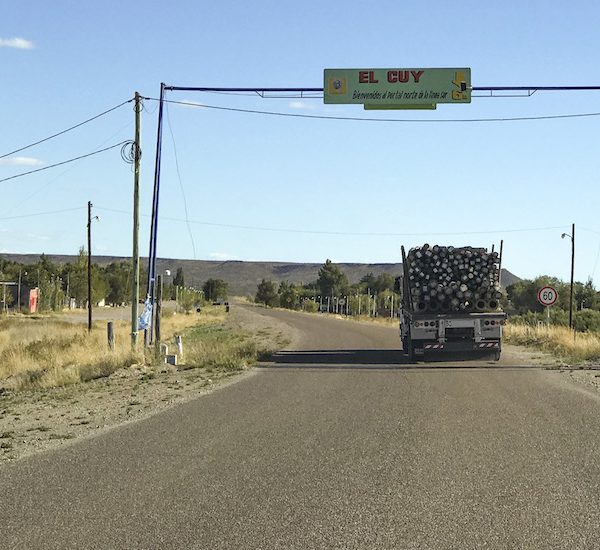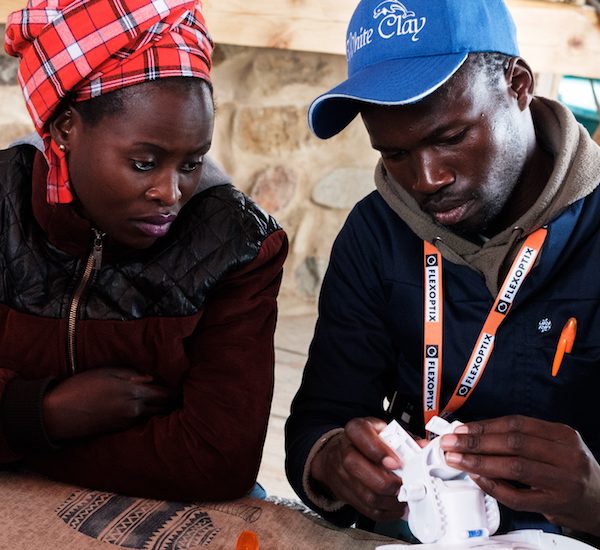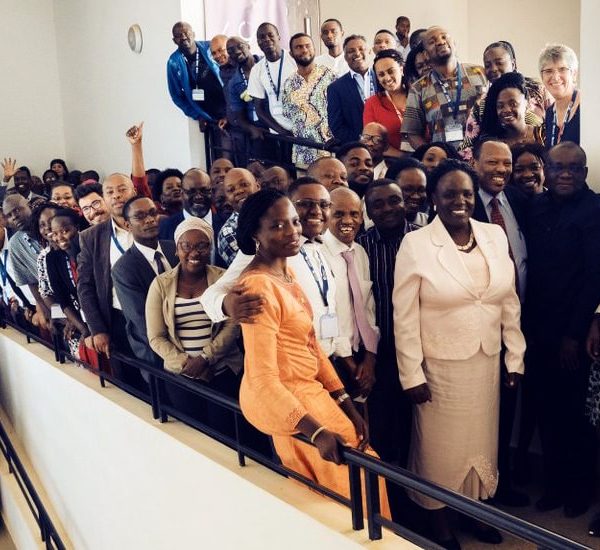Webinar Summary Report
Sustainability is one of the core components of a successful community network.
The fourth webinar of the Virtual Summit on Community Networks (CNs) in Africa explored varying sustainable models and approaches for CNs.
The 2-hour event involved interactive panel discussions and a breakout which focused on topics relevant to sustainability. It touched on economic and finance, human resource, ownership, governance and social aspects.
110 participants attended the event with an average of 29 participants present at four virtual rooms that made the breakouts.
Panelists
Panelists included the following:
- Dr. Sarbani Banerjee Belur, Asia Regional Coordinator for Association for Progressive Communications (APC)
- John Gitonga, Executive Director, Tunapanda Kibera CBO
- Armant Chako, Senior Research Coordinator, La Difference (PamojaNET Community Network)
- Sol Luca de Tena, acting CEO, Zenzeleni Networks
Kgopotso Ditshego Magoro moderated the session. She is the founder of Mamaila Community Network – a project aiming at providing Wi-Fi access points within Mamaila Tribal Authority.
Panel discussion
Drawing from their experiences, panelists shared local and social dynamics that contribute to the sustainability of community networks. The discussion also highlighted running costs for an effective and sustainable CN, sustainable business models, critical technical operations and other interconnected components.
Local factors that contribute to the sustainability of a CN
Social:
The discussions emphasized on the need to engage communities as part of defining the sustainability models. Co-constructing the project from inception with the community and developing shared responsibility makes it easier to secure community trust and ownership of the process. This could be achieved through meetings with the local leaders and community members and ensuring that they participate in the installation of the infrastructure and contribute their ideas to the initiative.
In Pathardi Community Network in India, engaging and involving the communities from the start, grew their interest in the initiative. It also enabled stakeholders to know that they did not need round the clock connectivity because they could not afford it.
Costs:
On costs associated with running an effective and sustainable CN, the panelists discussed direct and indirect costs.
Some of the direct costs include funds required to:
- purchase equipment
- set up the network
- repair and maintain the network
- hire external consultation services for activities such as setting up towers which may require experts with licenses and insurance cover.
Indirect costs include human resource, overhead, and administrative costs. Other indirect costs include expenses on branding and marketing and investments in upskilling staff.
Furthermore, panelists suggested costs are also dependent on the kind of services that CNs offer. In the case of Tunapanda Community Network, which also provides training to the youth, there are costs for development of the curriculum and taking care of students while at school.
Business Models for a sustainable Community Network:
Panelists argued that as a result of varying social, cultural, economic and geographic environments, CNs may have totally different approaches to sustainable business models that work with their respective location. Zenzeleni Community Network aims to become a self-sustained social enterprise through the sales of monthly vouchers and subscriptions. Here, communities access connectivity through vouchers which they buy monthly at an affordable price while the local businesses, NGOs, private homes and the district hospitals pay for the monthly subscription packages at different rates. Zenzeleni extends its network to the middle- and upper-income earners as a strategy for its sustainability.
Pathardi Community Network on the other hand offers both the online connectivity and offline mesh connectivity. The community uses e-banking services to cut down time and costs of having to travel 24 kilometers in search of such services. The correspondent in charge of the services earns her commission per transaction, which charges from a bank model. The offline mesh allows the communities to upload and download offline content such as art work and music from the local access server.
Additionally, panelists shared that partnerships present another very important model for sustainability. CNs can find good partnerships as part of their business model.
Interdependent components
The session highlighted the need for CNs to view sustainability in a holistic sense where everything works together. From communities, to technology, land management and business development to legal, everything is interlinked. The community decides on the needs and services they want, which determines the kind of technology to be used to bring to them the services. The nature of physical space and infrastructure required will depend on the technology decided upon. Different countries and communities require different levels of licensing and operations permits for certain technologies, therefore rendering legal considerations necessary. As an example, Zenzeleni Community Networks had to acquire licenses to operate and resale their Wi-Fi vouchers. The whole process would later affect the administrative, financial and community engagement processes.
The Breakout Sessions
There were four virtual breakout rooms. Two of which were conducted in English, the third in French and the fourth room had simultaneous English/French interpretation. The participants in the French rooms discussed financial and economic aspects of sustainability while the remaining two rooms focused on human resources, ownership, governance and social sustainability.
The breakouts highlighted that backhaul bandwidth remains one of the critical areas of sustainability of CNs. Because it has the highest cost, it is the least sustainable element of a CN. A participant gave examples of situations where in locations where there are fiber pops, commercial providers have set limits on the minimum volumes and price of bandwidth they can sell, making it difficult for the communities to purchase the smaller volumes at prices they can afford.
However, participants noted that infrastructure sharing rules and wholesale pricing are very good mechanisms for minimizing the costs of the backhaul bandwidth. CNs are encouraged to engage policy spaces to push for those infrastructure rules which allow them to use already existing operator towers other than having to build their own and to spend minimal amounts on bandwidth. Other possible alternatives could be for CNs to have access to affordable bandwidth through partnerships with organizations such as National Research and Education Networks (NRENs).
The majority of the questions were responded to through chat rooms while a few were addressed after the breakout sessions.
Conclusion
The sustainability of a community network is interdependent. The communities, business models, partners, the technologies, land management and the legal aspects are all dependent on each other. A shift in one of the components will automatically affect the entire processes and other components in the value chain. It Is therefore important for CN to engage their communities to develop a more relevant and sustainable business model by prioritizing services that are in demand or required by the community.
Written by Lillian Achom, Co-founder, AccessPlus and PC co-chair, Summit on Community Networks in Africa



